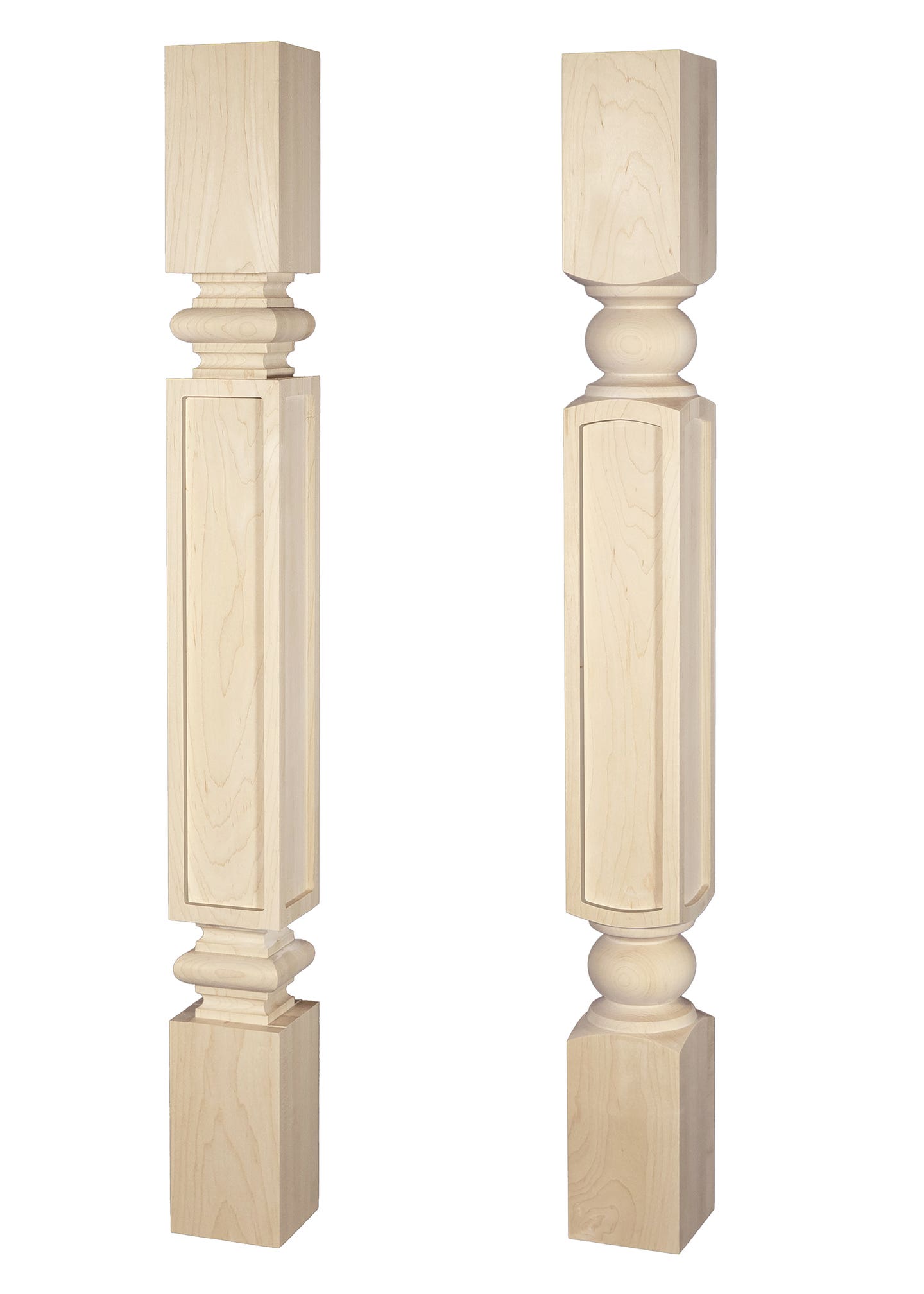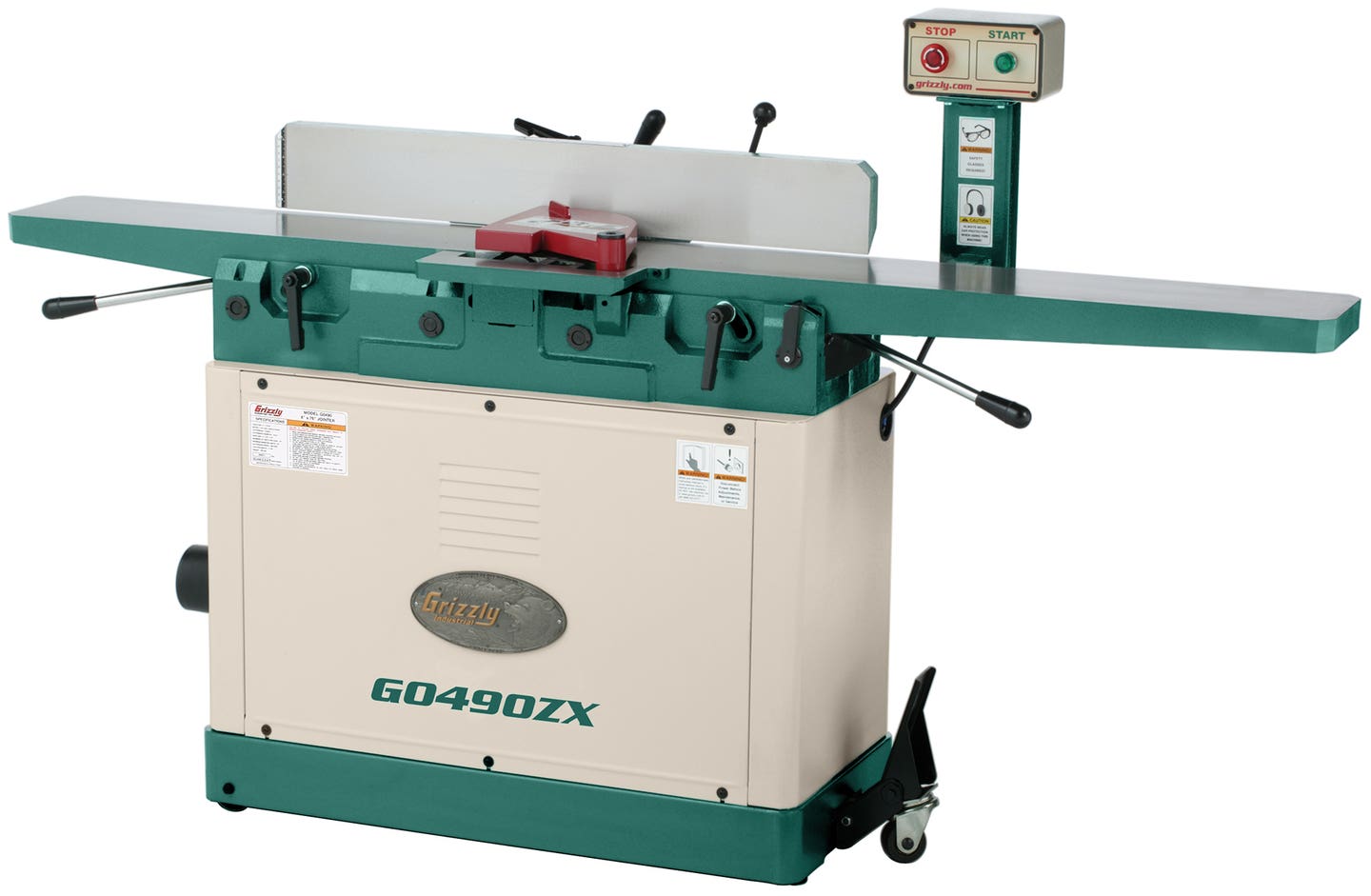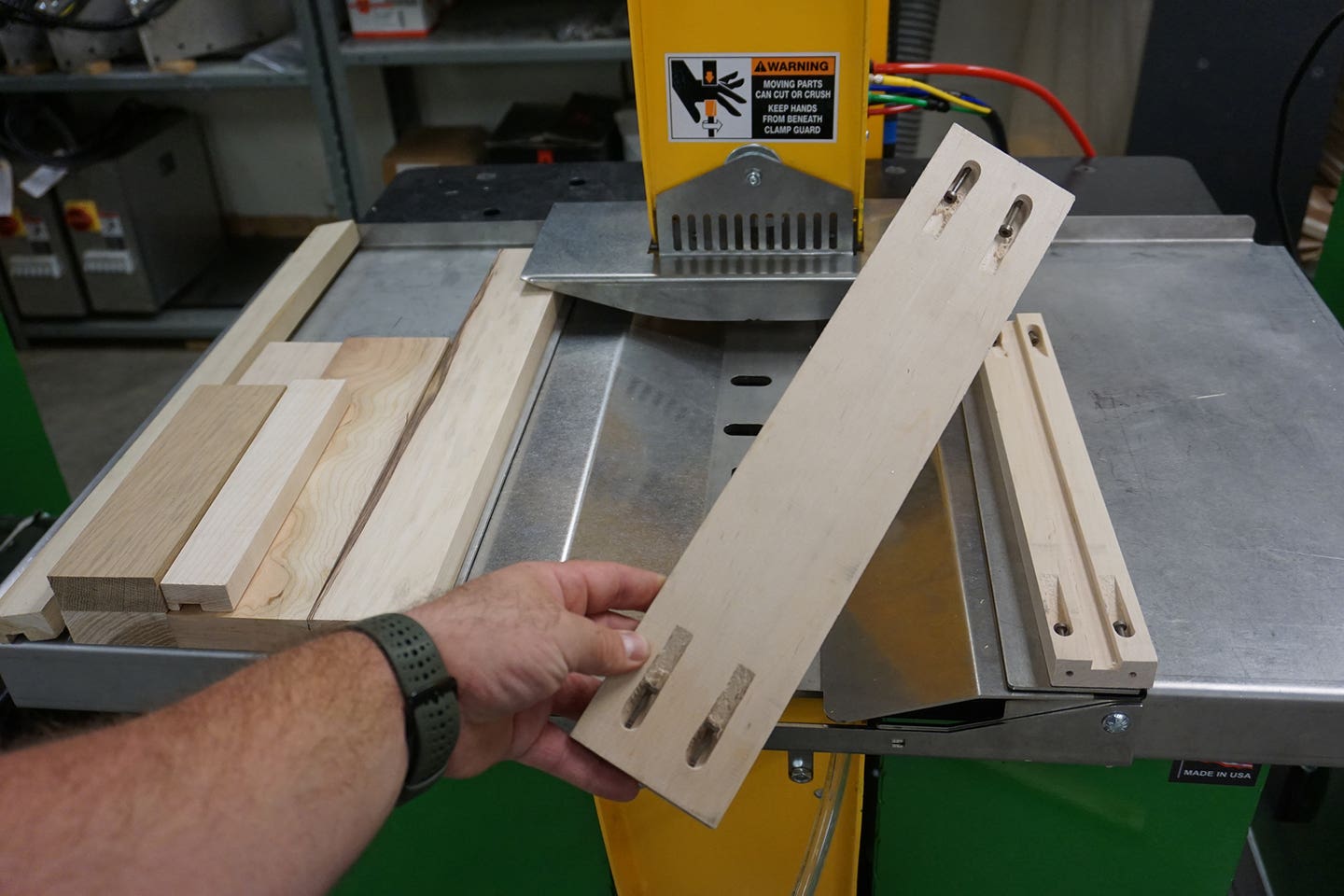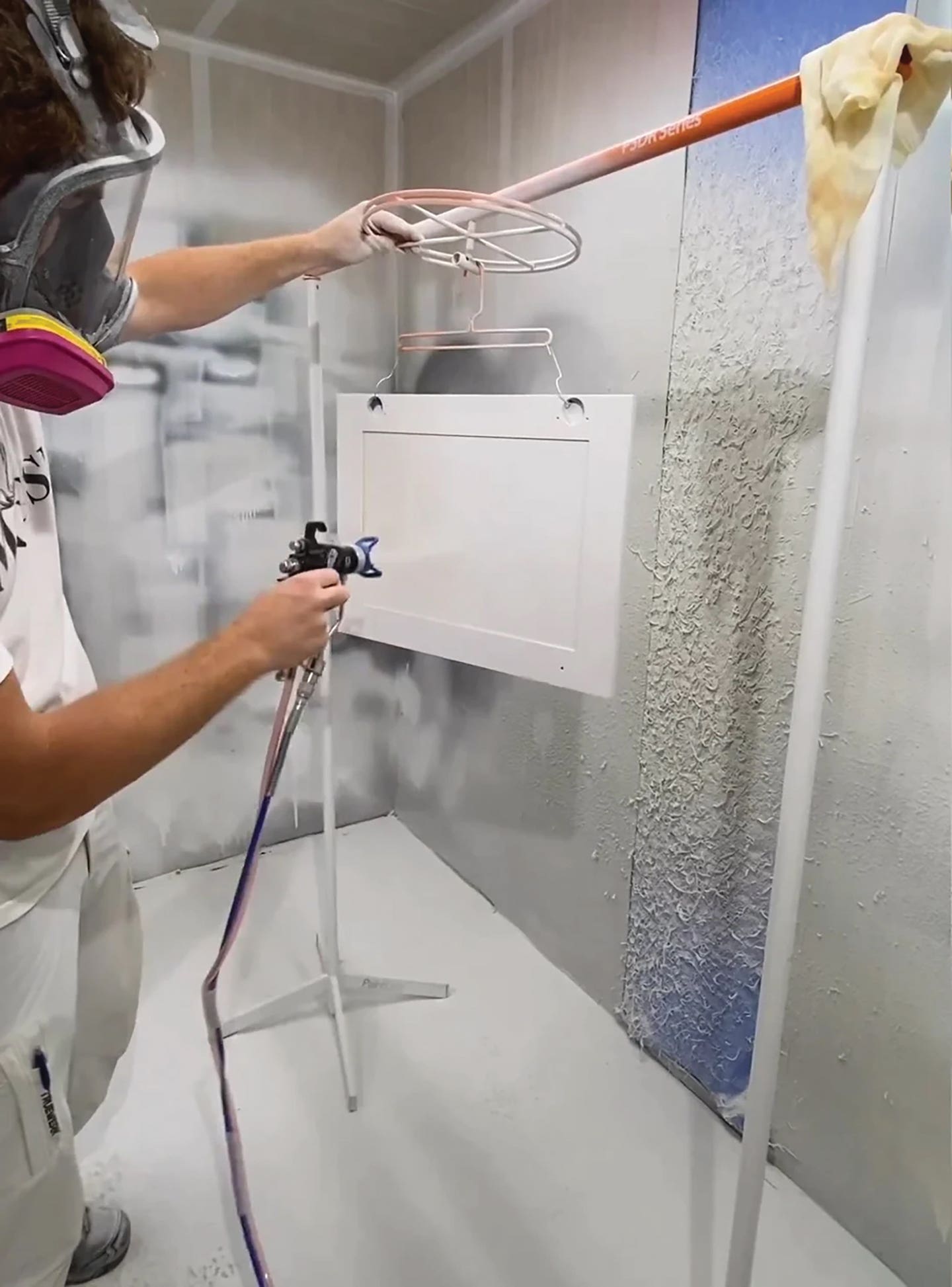Coronavirus and cabinetmaking
What does the industry look like for the next year or two?
It’s a pity we build boxes and don’t make crystal balls, because trying to outguess Mother Nature is a challenge. While the pandemic seems to be easing in some geographic zones, it’s gaining ground in others. And if this virus has taught us nothing else, it has made us all painfully aware that it’s a small planet and there’s nowhere to hide.
Woodworking is now a global industry in terms of both market and supply. That makes it all the more difficult to predict what the North American industry may look like over the next year or two. A lot of what we use comes from China and the supply chains have been disrupted.
Odds are that a treatment or a vaccine will emerge over the next few months, but it will take time for it to become globally distributed. With major shows such as IWF cancelling and others postponing (for example, Acimall in Italy moved from May to November, but who knows if that’ll happen), the industry is being impacted in a massive way.
The world turned upside down in a couple of months. The rate of change was absolutely phenomenal. Airports and shopping malls emptied in a matter of weeks, millions of schoolchildren were homebound at the stroke of a few governors’ pens, and an entire species learned not to shake hands or hug almost overnight. The speed of those changes tells us that the first rule of survival for businesses post-coronavirus is to take things day-by-day, wait and watch, and then learn how to respond to change as flexibly as possible.
A new normal
The way we work is one of the most obvious changes. Anyone who can possibly work from home already does, and that trend will grow. So far, the people in our industry who can choose this option include CAD designers, salespeople, accounting staff and other support personnel.
Actual woodworkers aren’t going to have much choice. Theirs is a hands-on job, which usually can’t be completed from a remote location. But the shop floor has changed, and some shops have been slowed down with the implementation of social distancing rules and a requirement for PPE (personal protective equipment). Those changes are not likely to disappear entirely over the next few months, and they have also taken a toll on the personal aspects of sales. Many customers don’t feel comfortable inviting estimators indoors, or sitting close enough to go over renderings on a screen. They don’t want to touch hardware or molding samples, or visit a showroom. On the other hand, more people now shop online and woodshops with excellent interactive and user-friendly websites are going to see more traffic.
Other technology has ramped up dramatically too, especially in remote communications. Physical meetings will still happen, but the world has learned very quickly to Zoom, Skype, Webex and use other video conferencing platforms such as Google Hangouts and BlueJeans. Nationwide school closings introduced millions of parents and grandparents to online learning, and some of the lessons learned in Google Classroom will continue to transform the workplace over the next year or two. That’s because large swathes of the population who normally eschewed social media have had no choice but to espouse it and learn the basics.
Lessons learned after the 2008 recession were that the speed of recovery often depended on how aggressive companies were willing to be when it came to cutting operational and payroll costs, and how much they were willing to invest in the newest technology. The next five years will see a huge increase in collaborative robot use in woodshops – everything from picking and moving parts to machining and finishing them. Many of the less expensive ‘people’ tasks will be allocated to robotic arms, and this is going to happen quickly. It now costs less to buy a robot than it does to train an employee and wait for them to complete the learning curve.
The labor shortage
The current unemployment rate may not be an accurate indication of the state of the skilled labor market. In the larger economy, many of the people who have lost their jobs are in high contact service industries such as catering, hospitality and tourism. It’s possible that a lot of that ground will be made up fairly quickly as soon as it’s physically safe to congregate, and that will impact jobs numbers in a positive manner.
Skilled jobs haven’t suffered quite as much yet, but those that have are going to be far more difficult to replace. Unlike restaurants, woodshops won’t see the full impact on the industry for several months as some shops are still working on pre-pandemic orders and the supply chain had inventory to sustain production for a while. The ramp-up time for new work is also complicated, as jobs can’t get loaded on a CNC until they have been bid, drawn and accepted, all of which takes time. Construction trades and the woodworking sector are a little bit slow to slow down, but they’re also fairly slow to start up again. Skilled workers may not wait for us to get up to speed. They will be in high demand in almost every other industry. If you have good people, try hard to keep them.
One notable characteristic of the construction industry is that it both follows behind and depends upon the larger economy. When the entire country is seeing less economic activity, then there is lower demand for new commercial and industrial construction. When there is uncertainty in the air, new housing is one of the most sensitive sectors. Applications for building permits have always been a reliable indicator of construction trends, and the news is not good. According to the May 19 housing report from the Census Bureau, permits granted in April for privately-owned housing were down 20.8 percent from March and 19.2 percent from April a year ago. Single-family home permits suffered the most with a 24.3 percent drop from March. And construction starts in April were at a very worrying 30.2 percent below March. Things will most likely pick up quite a bit over the summer, but that’s an awfully deep hole to dig out of.
The virus hit at a time when business norms were already changing rapidly. Technological concepts such as Building Information Modeling (BIM) were beginning to alter the way that we do things in the woodshop. BIM is a 3D modeling process that helps architects and designers upgrade the buildings that they create and make them more efficient and cohesive. Woodshops are becoming more involved in BIM, and thus more responsive to the custom nature of intelligent and creative solutions and ideas. Bottom line, we’ll be building some very innovative casework over the next few years and a lot of our industry standards are going to change. We’ll be milling for a lot more wireless hardware, using high tech panels with wiring solutions embedded, working with surfaces that reduce germ life, installing extremely customized task lighting, and building more casework that adjusts automatically for people’s heights and physical abilities, or caters to ergonomics outside the accepted norms. All of these changes will be prospective, rather than retrospective. That is, design packages coming from architects and designers will be more and more integrated with a shop’s software abilities including CAM, ERP and resource management programs. The more automated and technologically sound a woodshop becomes, the more likely it is to be awarded high-end contracts.
That’s not the future. It’s now.
Perception and reality
Many analysts have compared coronavirus’s impact to the effects of the Great Depression, and most people inevitably quote FDR’s phrase about there being nothing to fear but fear itself. There’s a lot of truth in that. Yes, this virus is worrisome, primarily because it’s both global and fast. Plus, there’s the very real possibility of a relapse or ‘second wave’, or perhaps even a new strain next year. The initial U.S. response to the virus was vague, because it was half a world away. That was quickly followed by panic as we watched Chinese and then European hospitals quickly become overwhelmed.
But despite the heartbreaking losses, this is actually a time of great strength. The nation has, by and large, listened to the experts and donned masks, washed hands and obeyed physical distancing guidelines. Industries have been both fast and resourceful in finding new ways to work. A growing number of manufacturers are returning to U.S. and Canadian suppliers for raw materials and parts that were coming from overseas.
With almost every government, research lab and major university on the entire planet focused on the fight against coronavirus, it seems reasonable to assume that the threat will eventually wane and become containable, if it is not eradicated. Yes, it has shaken our faith in the future a little, and it has disrupted our lives and caused great grief. We will probably have uncertainty in the woodshop market for several months, a little trepidation for a year or two, and eventually a full recovery. The odds are that by the time IWF does return on Aug. 23-26, 2022, we’ll be well over the worst of this and also well on our way to a much brighter future.
This article originally appeared in the August 2020 issue.







